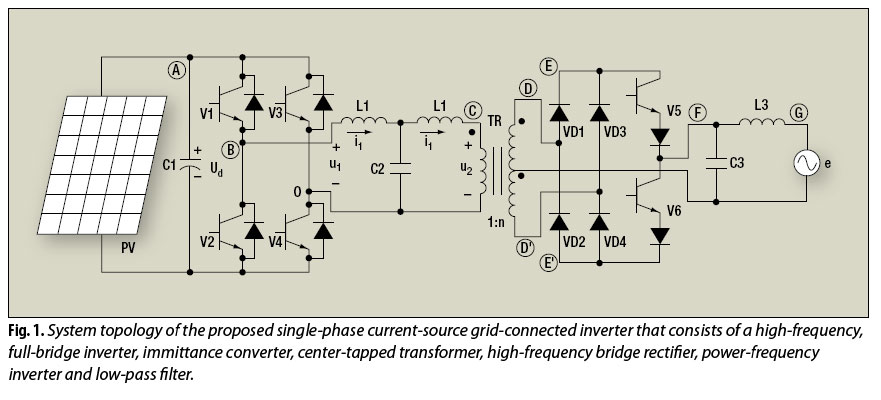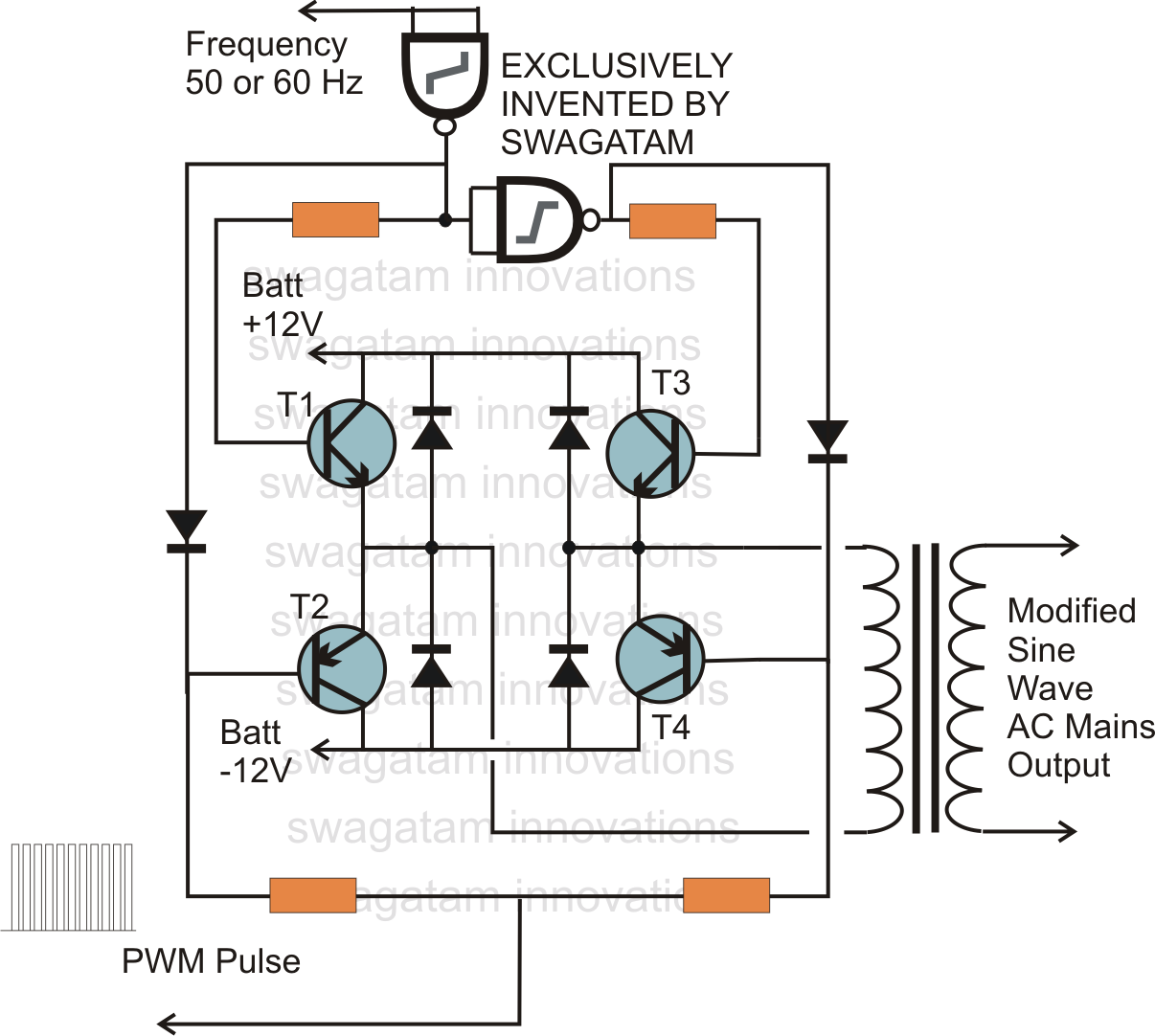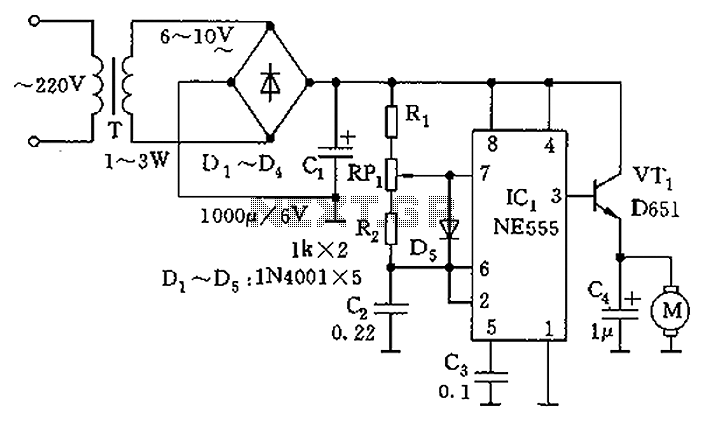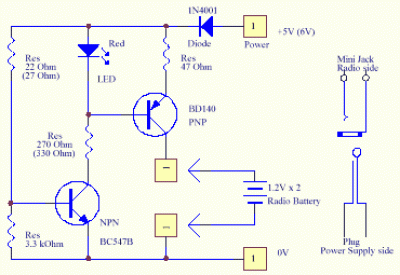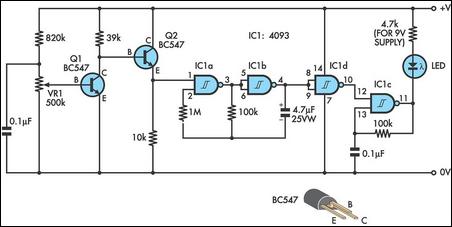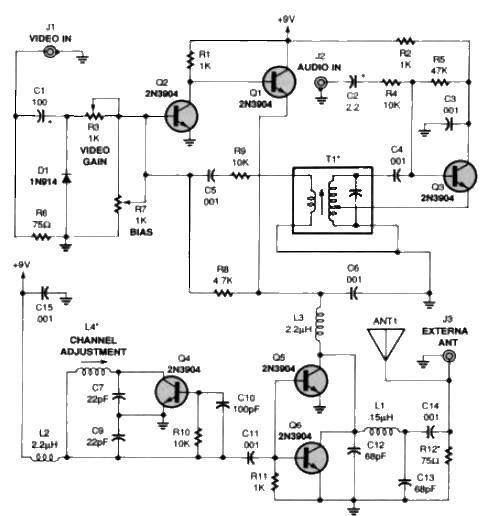
How to Design Battery Charger Applications that Require External Microcontrollers and Related System-Level Issues
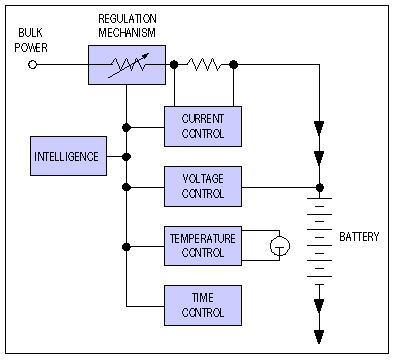
Application note on designing linear and switch-mode (switching DC-DC converter current source) battery charger applications that require external microcontrollers and related system-level issues for notebook computers.
The application note provides guidance on the design of both linear and switching DC-DC converter current sources for battery charger applications, particularly in the context of notebook computers. It emphasizes the necessity of integrating external microcontrollers to manage various system-level challenges that may arise during the charging process.
In designing a linear battery charger, it is crucial to consider the efficiency of the charging process, as linear regulators can dissipate significant power as heat. The design should include thermal management solutions to prevent overheating, which is essential for maintaining the reliability and longevity of both the charger and the battery. The linear charger circuit typically uses a feedback loop to regulate the output voltage and current, ensuring that the battery is charged at the correct rate.
On the other hand, switch-mode battery chargers utilize a different approach by converting the input voltage to a higher or lower output voltage through a series of switches and energy storage components, such as inductors and capacitors. This method significantly improves efficiency, especially in scenarios where the input and output voltages differ greatly. Key components in a switch-mode design include a pulse-width modulation (PWM) controller, MOSFETs for switching, and an inductor for energy storage. The PWM controller adjusts the duty cycle of the MOSFETs to regulate the output current and voltage, providing a stable charging environment for the battery.
The integration of external microcontrollers plays a pivotal role in both designs. These controllers can monitor battery voltage, current, and temperature, enabling smart charging techniques such as constant current/constant voltage (CC/CV) charging. Additionally, they can implement safety features such as over-voltage protection, over-current protection, and thermal shutdown to safeguard the battery and charger circuitry.
In conclusion, the application note serves as a comprehensive guide for engineers designing battery charger circuits for notebook computers, highlighting the importance of both linear and switch-mode designs, as well as the critical role of microcontrollers in managing system-level issues effectively.Application note on how to design linear and switch-mode (switching dc-dc converter current source) battery charger applications that require external microcontrollers and related system-level issues for notebook computers.. 🔗 External reference
The application note provides guidance on the design of both linear and switching DC-DC converter current sources for battery charger applications, particularly in the context of notebook computers. It emphasizes the necessity of integrating external microcontrollers to manage various system-level challenges that may arise during the charging process.
In designing a linear battery charger, it is crucial to consider the efficiency of the charging process, as linear regulators can dissipate significant power as heat. The design should include thermal management solutions to prevent overheating, which is essential for maintaining the reliability and longevity of both the charger and the battery. The linear charger circuit typically uses a feedback loop to regulate the output voltage and current, ensuring that the battery is charged at the correct rate.
On the other hand, switch-mode battery chargers utilize a different approach by converting the input voltage to a higher or lower output voltage through a series of switches and energy storage components, such as inductors and capacitors. This method significantly improves efficiency, especially in scenarios where the input and output voltages differ greatly. Key components in a switch-mode design include a pulse-width modulation (PWM) controller, MOSFETs for switching, and an inductor for energy storage. The PWM controller adjusts the duty cycle of the MOSFETs to regulate the output current and voltage, providing a stable charging environment for the battery.
The integration of external microcontrollers plays a pivotal role in both designs. These controllers can monitor battery voltage, current, and temperature, enabling smart charging techniques such as constant current/constant voltage (CC/CV) charging. Additionally, they can implement safety features such as over-voltage protection, over-current protection, and thermal shutdown to safeguard the battery and charger circuitry.
In conclusion, the application note serves as a comprehensive guide for engineers designing battery charger circuits for notebook computers, highlighting the importance of both linear and switch-mode designs, as well as the critical role of microcontrollers in managing system-level issues effectively.Application note on how to design linear and switch-mode (switching dc-dc converter current source) battery charger applications that require external microcontrollers and related system-level issues for notebook computers.. 🔗 External reference
